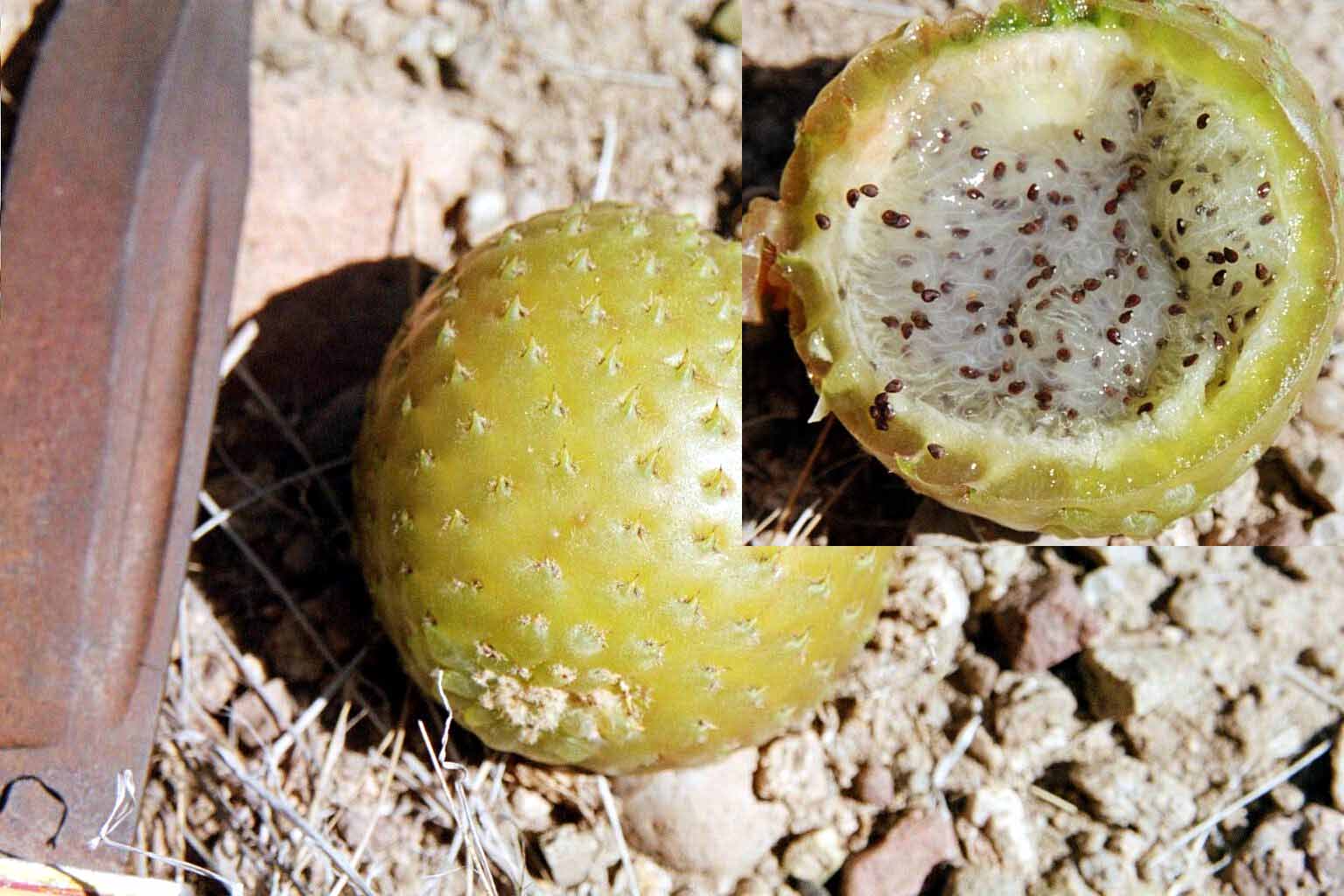Display the leaves
so that one can see their shapes easily.
Be sure to turn some leave over
so that both sides can be easily seen (some leaves have very different tops
and bottoms).
Leave room for a label that is
at least the size of a note card
Arrange any inflorescences so that
all of the flower parts (sepals, petals, etc) can be seen and counted. Many
plant keys use the number of plant parts
If the plant is longer than the
paper, you have two options. If it is not very much longer, you can bend
the stem so that it fits onto the paper. If it is a lot longer, then remove
some of the stem with a sharp knife or box cutter. Note how much stem has
been removed in your notebook.
Remove any fleshy fruit. For our
purposes, we will not take the measures necessary to preserve this sort
of fruit. If you leave it with the plant, it might rot before it dries.
If you do remove it, you must describe it well in your notebook. Note its
shape (draw it!), measure and record its size, note the color and describe
any odor. Open the fruit and note the shape (draw it), size, color and approximate
number of the seeds it contains.
If there are dry fruits, open one
and place the seeds near it. You might want to hold them aside (perhaps
in the plastic bag with the label still in it). The seeds will be mounted
too.
